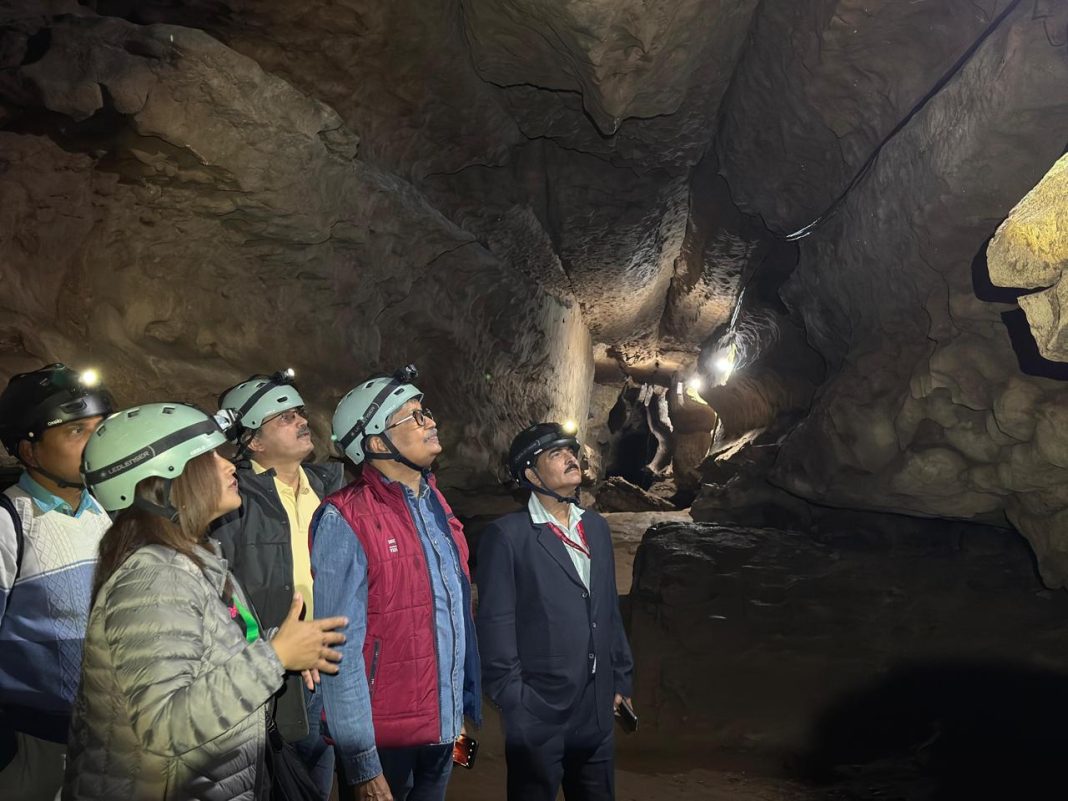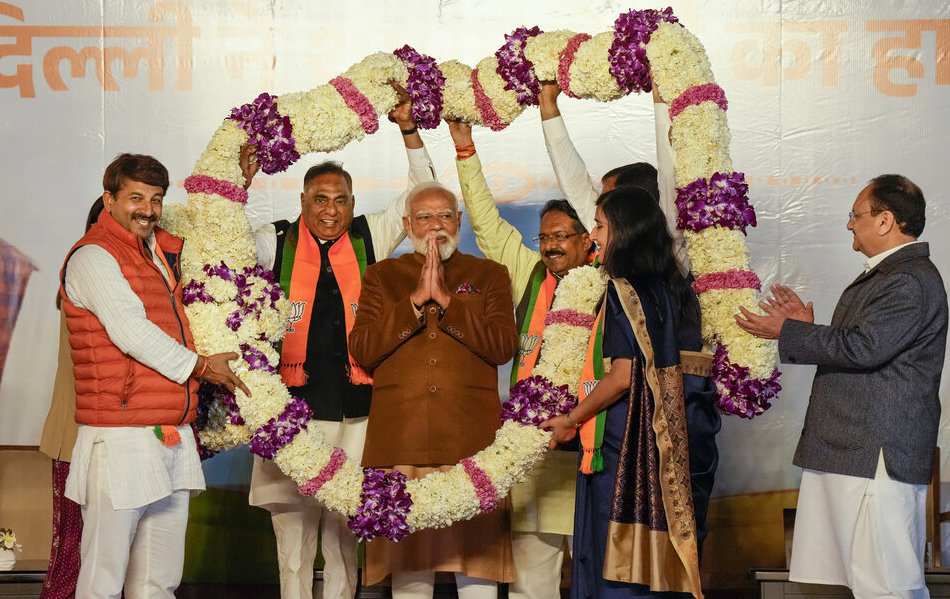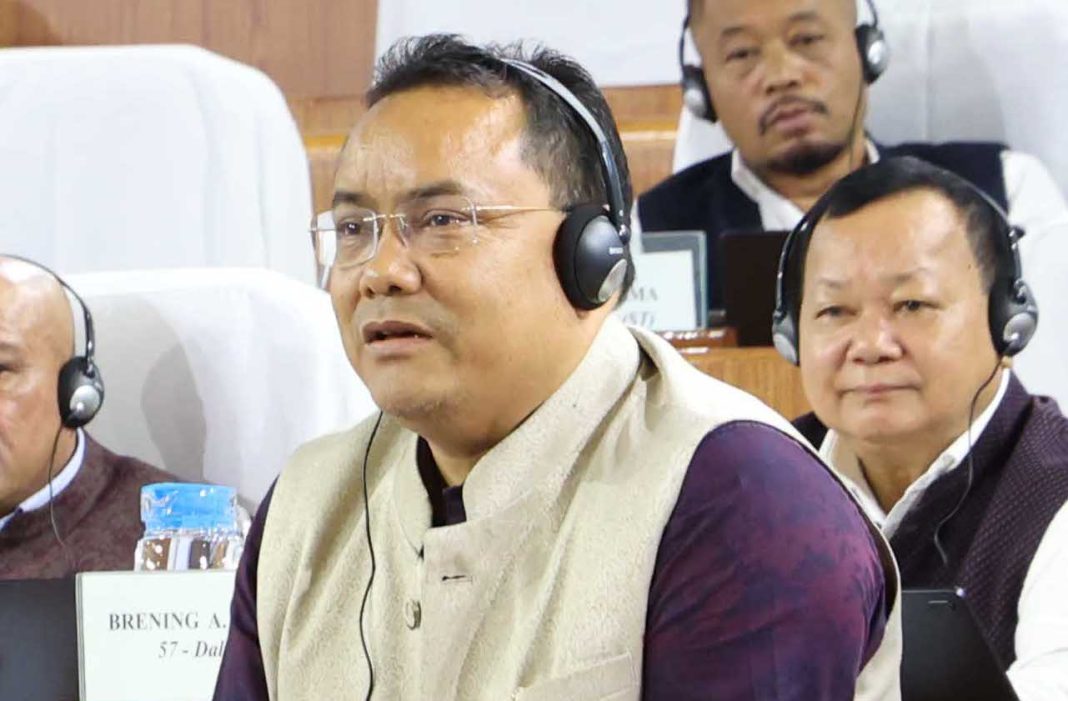Shillong, Feb 8: Director General of Geological Survey of India (GSI) Asit Saha has called for adopting a community-based scientific approach to the management and development of geosites in Meghalaya.
Saha recently led a high-level delegation to the Arwah-Lumshynna Cave and Mawmluh Cave in Meghalaya. Saha highlighted that engaging local communities as stakeholders in preservation efforts fosters ownership, responsibility, and better conservation outcomes.
Asit Saha took over as GSI DG recently and met with local officials and village headman.
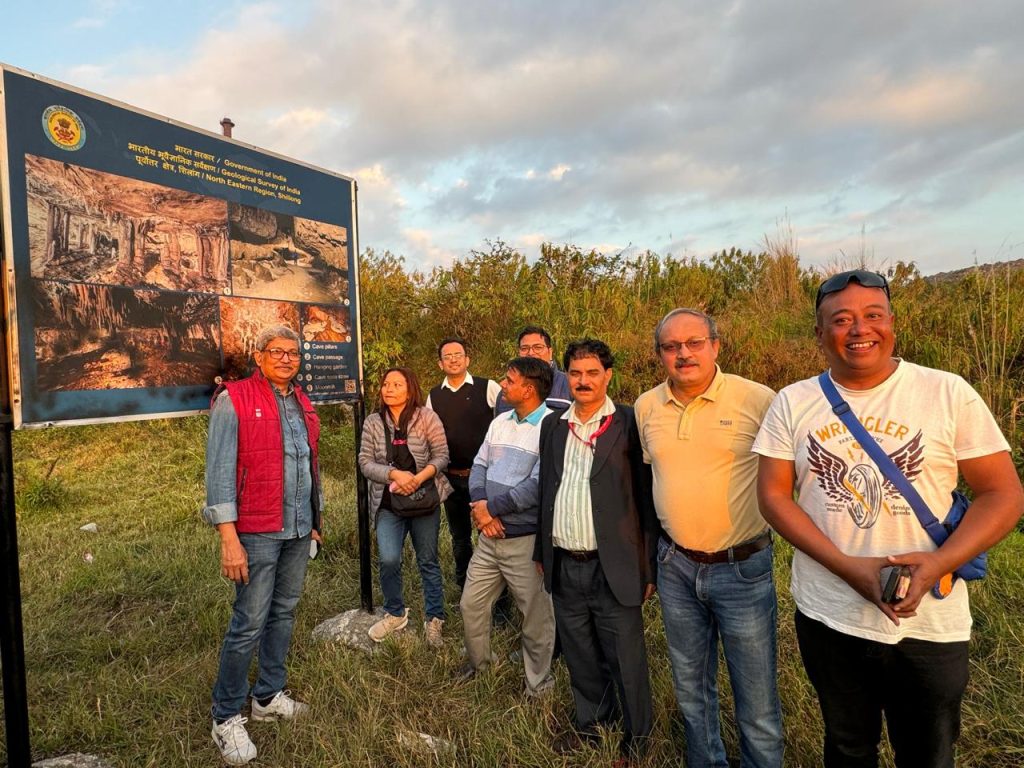
He stressed that such an approach not only safeguards the geological and cultural heritage of these sites but also empowers nearby villages through socio-economic opportunities, including eco-tourism and educational initiatives.
Accompanied by senior officials including Dr. Joyesh Bagchi, Additional Director General, PSS, GSI CHQ, P.C. Dash, Additional Director General and Head of Department, GSI NER, and Dr. Pankaj Jaiswal, Deputy Director General & RMH-IV, GSI NER, the visit underscored the geoscientific importance and conservation potential of these natural sites.
The expedition began with a walk along the serene and picturesque pathway leading to the mouth of Arwah-Lumshynna Cave. Ms. Bashisha Iangrai, Senior Geologist from the Park and Museum Cell, GSI NER, Shillong, provided an insightful briefing on the geological setup of the cave. She highlighted the intricate structures formed over millennia, including stalactites, stalagmites, and flowstones that adorned the interior of the cave. Of particular interest were the fossilized remains of gastropods belonging to families such as Turritellidae and Campanilidae, which offered a glimpse into prehistoric marine life embedded in Meghalaya’s limestone formations.
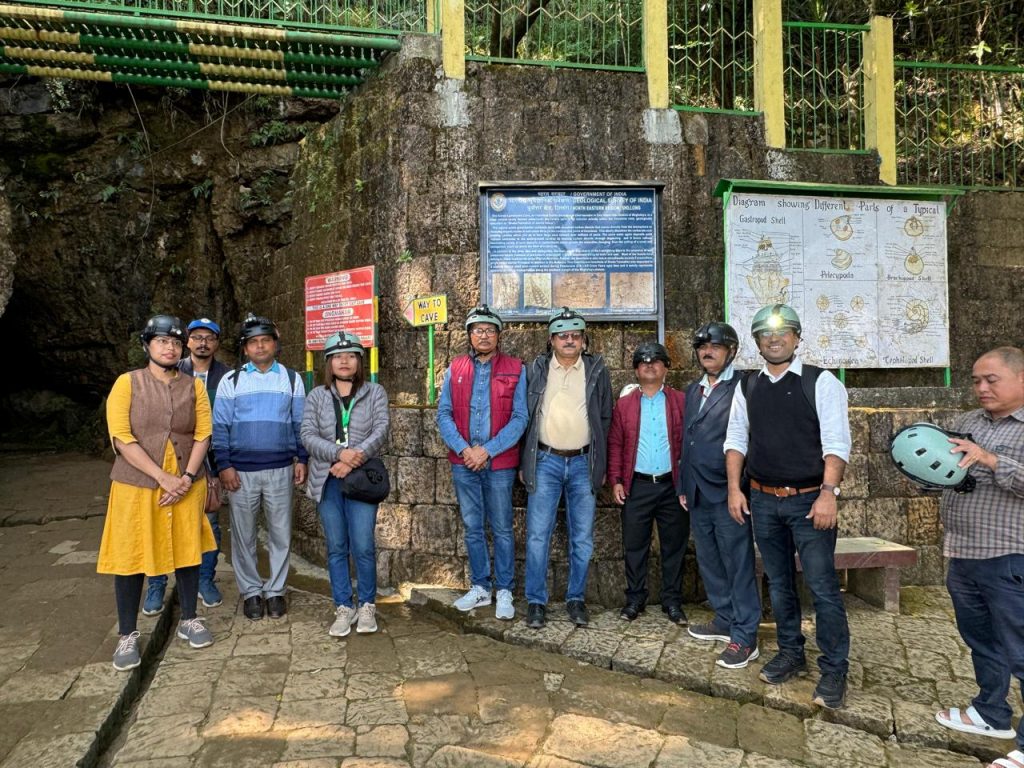
Following the Arwah-Lumshynna exploration, the delegation proceeded to the Mawmluh Cave, a site of immense global scientific importance. Mawmluh is internationally recognized as the Global Stratotype Section and Point (GSSP) for the Meghalayan Stage of the Holocene Epoch, defined by a unique stalagmite formation found within the cave. The team inspected the geoscientific display board installed by GSI NER, which provides educational insights for visitors and researchers alike.
The Director General stressed that integrating scientific research with community participation is key to ensuring that the development of geosites remains sustainable. By providing local populations with knowledge, training, and economic incentives, a collaborative framework can be established, benefiting both conservation efforts and community livelihoods.
The visit reinforced the significance of Meghalaya’s caves as both geological treasures and cultural heritage sites. With continued scientific research and community involvement, these natural wonders are poised to play a crucial role in the region’s sustainable development and tourism.

